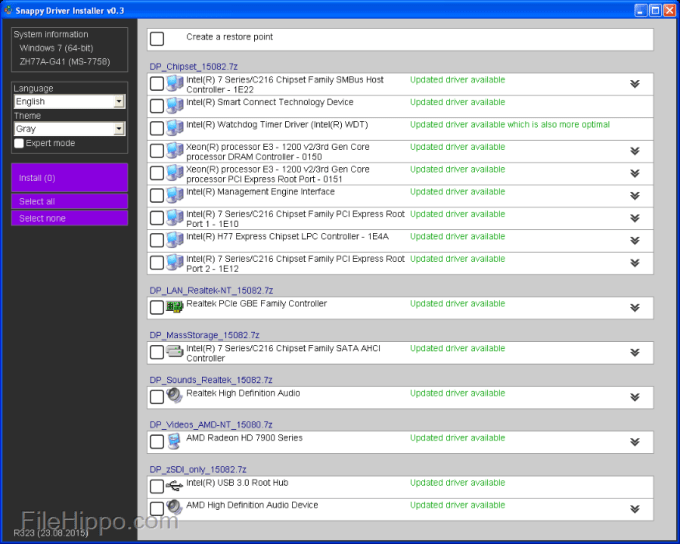As of June 1, 2021, VideoGlide and USBVision are free.
Note that neither product works on modern macOS operating systems.
VideoGlide will only function in macOS 10.14 and earlier.
USBVision will only function in Mac OS 10.8 and earlier.
A video capture device is a piece of hardware that lets you transfer audio and video from a VCR, camcorder, or other devices, to your computer so that it can be stored on a hard drive, whether for editing or just general archival purposes. For example, a video capture device can be used to convert VHS tapes to a digital video format that you. I purchased a Kaiser Baas VHS to DVD video capture thingo the other day and really wanted to use it on my 20' iMac (at the time with Mac OS X Leopard) with my PS2. It's a Empia USB 2861 device? So I installed the driver it came with connected it to my iMac, connected the PS2, opened up Empia capture (that it came with) and I got.

| Free VideoGlide serial number: | EVG-VXVH-M67M-SN7U |
| Free USBVision serial nuber: | EFX-UZ2A-NXVS-TSVH |
Supports 1080 max, / 30 fps capture (Video and audio), Have BT 1120 interface out / YPbPr / S-Video / D-SUB / DVI different hardware combinatios.
IMPORTANT NOTICE:
macOS 10.15+ users will not be able to use VideoGlide.
As of February, 2018, the VideoGlide software is officially deprecated. It will not work in any macOS version higher than 10.14.
In the fall of 2019, Apple removed 32-bit application support from their macOS 10.15 system software. VideoGlide is built upon Apple's QuickTime architecture, which is itself 32-bit only. There is simply no way to make VideoGlide work in macOS 10.15 without a complete ground up rewrite.
VideoGlide will only function in macOS 10.14 and earlier.
USBVision will only function in Mac OS 10.8 and earlier
Mac OS 10.9+ users must use VideoGlide version 1.5.4 or later to avoid kernel extension warnings when plugging USB devices in. Audio support for older devices such as the DVC-100 has been permanently disabled in Mac OS 10.9. Newer devices will continue to function. Look for your USB device in the Sound Settings... 'Source' panel to determine if it is supported or not.
Empia Video Capture Mac Download
Mac OS 10.8+ users. If you plan to install the VideoGlide or USBVision software, you must use version 1.5 or later. Version 1.5 includes the authentication necessary to install software on Mac OS 10.8. Use the download buttons on the right to get the latest software.
Empia Video Capture Software Update For Mac
Mac OS 10.7+ users on newer hardware may lose the ability to use the audio inputs on some older capture devices, notably the Dazzle DVC-100. Although it may appear to work, captured files will be corrupt. The only solution right now is to capture audio through the Mac's line in port. An adapter will be required to convert the audio source to the appropriate connector. Once the line in port has been connected, set the Source in the Sound Settings... dialog to 'Line In'.
EchoFX sells Mac OS X software drivers for USB 1.1 and USB 2.0 video capture devices. If you have one of the many devices we support, installing 'USBVision' for USB 1.1 devices or 'VideoGlide' for USB 2.0 devices, will allow you to preview and capture video using the device.
If you have a device and are not sure whether it will work, install the appropriate software, plug in the device, and launch the capture application. If your device is supported, a registration dialog will appear. You can use the 'Demonstration' mode to test the software.
VideoGlide For Mac OS X.
USB 2.0, 640 x 480 Video Capture
VideoGlide video capture devices are USB 2.0 'High-speed' devices based on Empia 28xx chipsets. They capture video at full-screen resolutions from NTSC, PAL or SECAM video sources. For detailed information about the VideoGlide software and a list of supported VideoGlide devices please visit the VideoGlide page.
USBVision For Mac OS X.
USB 1.1, 320 x 240 Video Capture
USBVision video capture devices are USB 1.1 'Full-speed' devices based on Nogatech / Zoran chipsets. They capture video at quarter screen resolutions from NTSC, PAL or SECAM video sources. For detailed information about the USBVision software and a list of supported USBVision devices please visit the USBVision page.